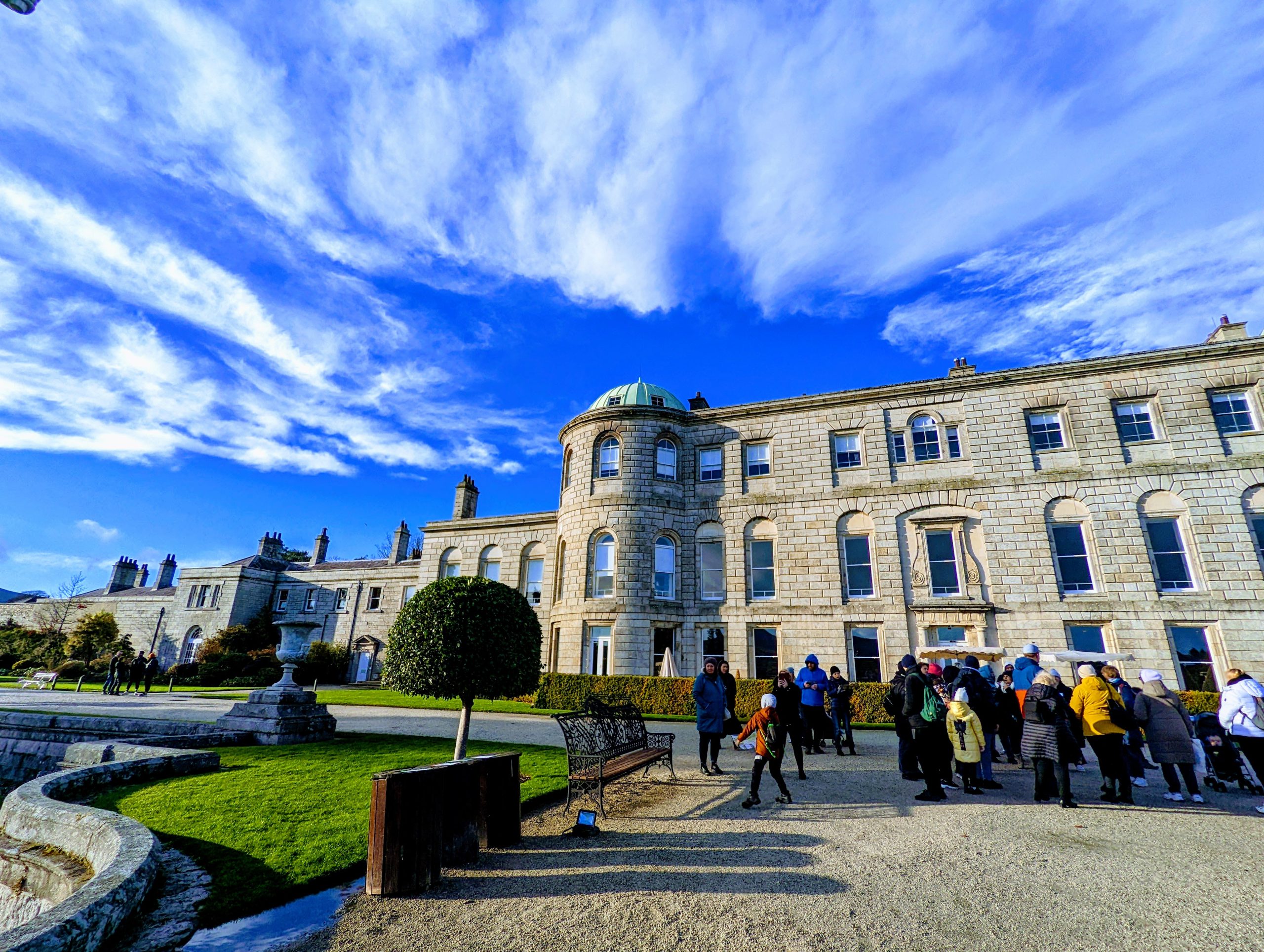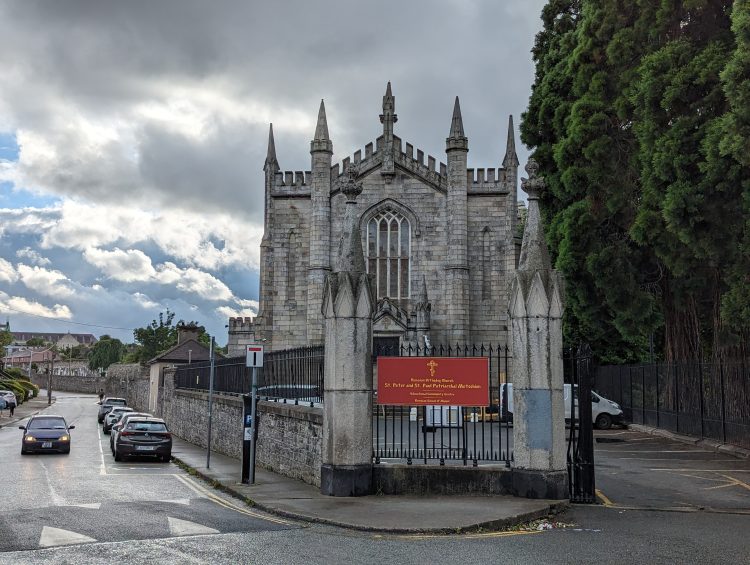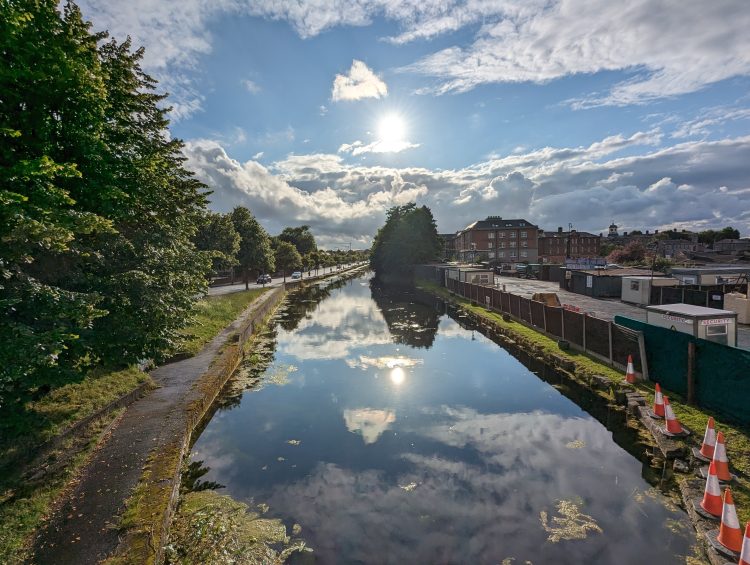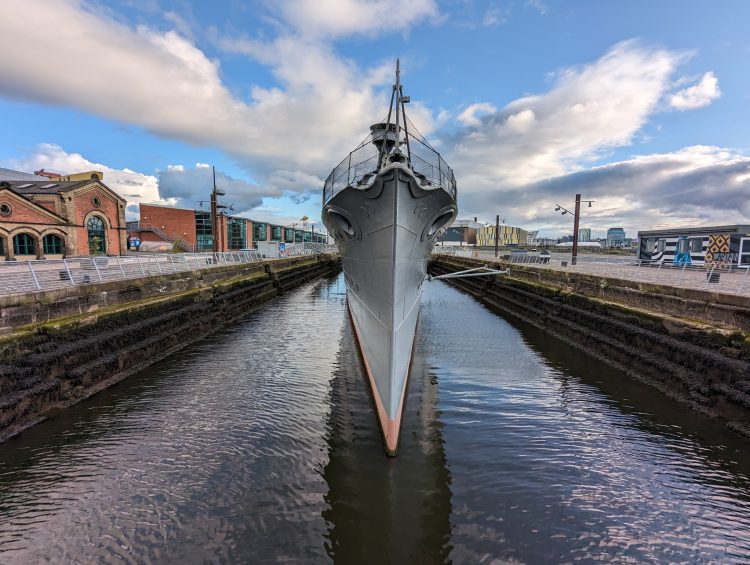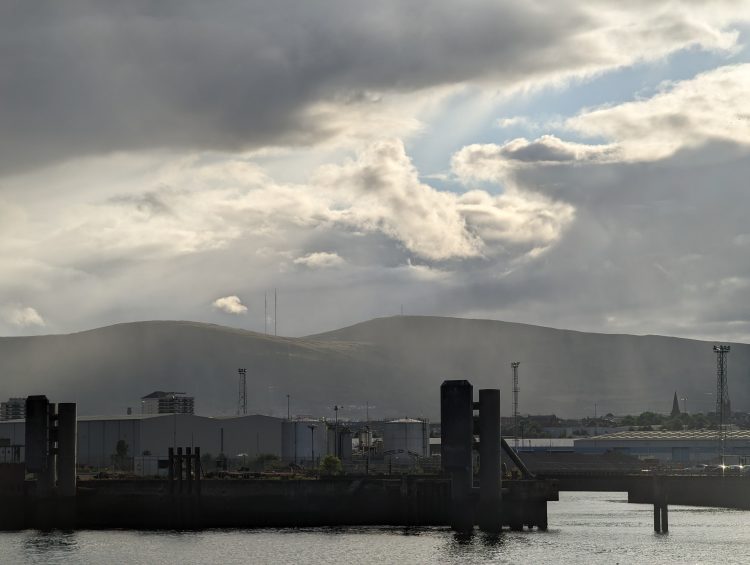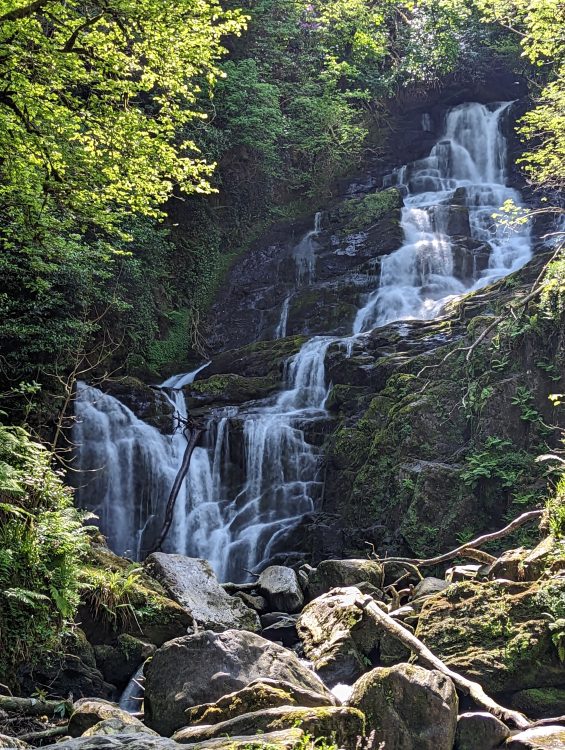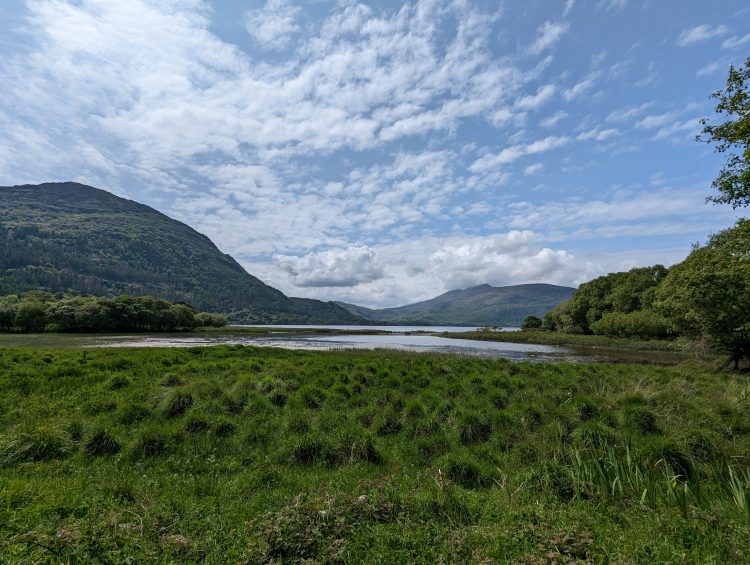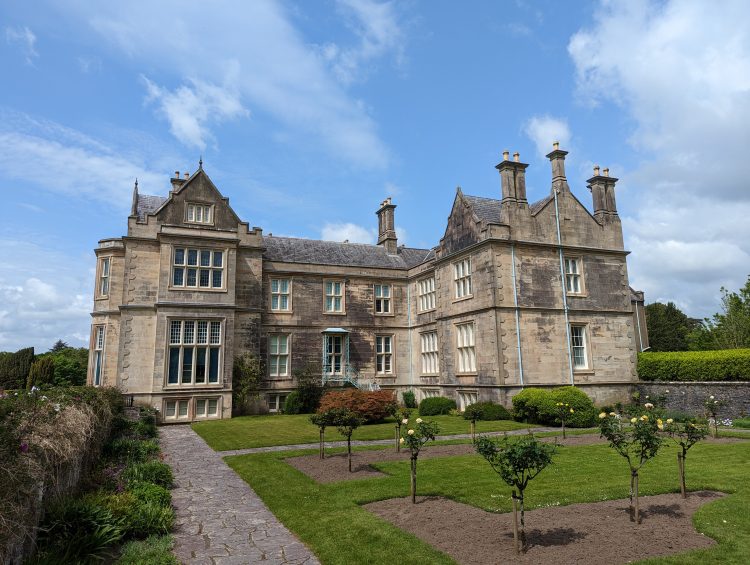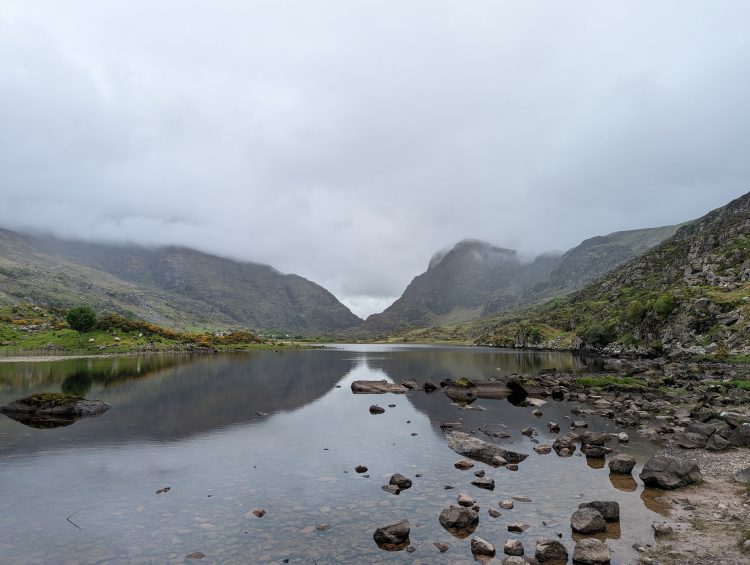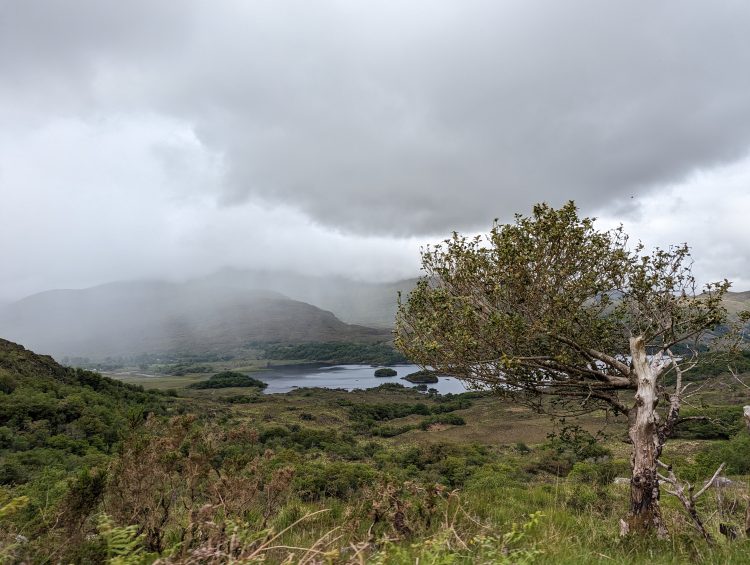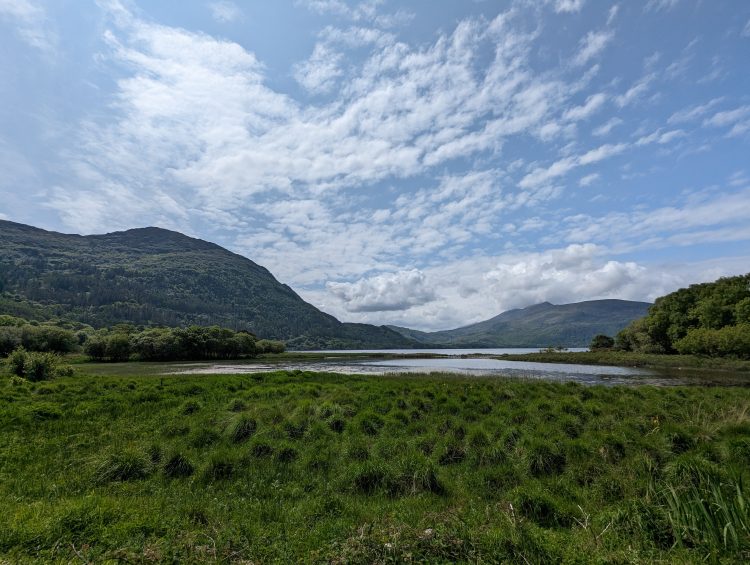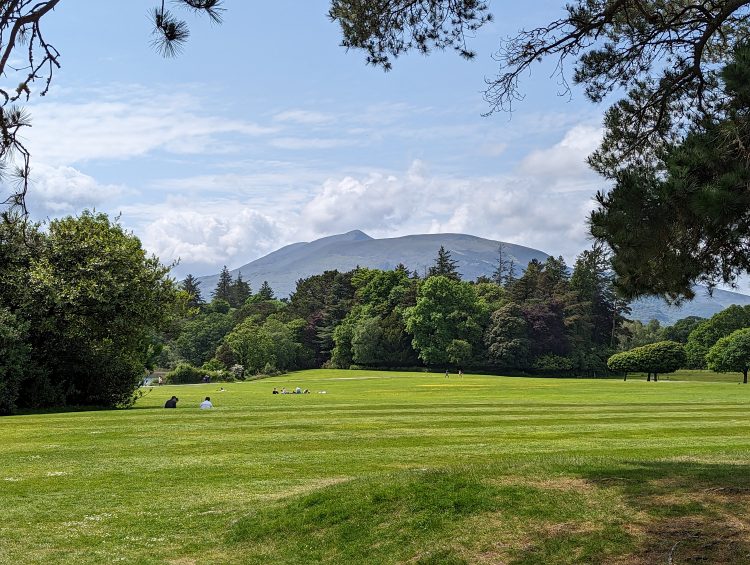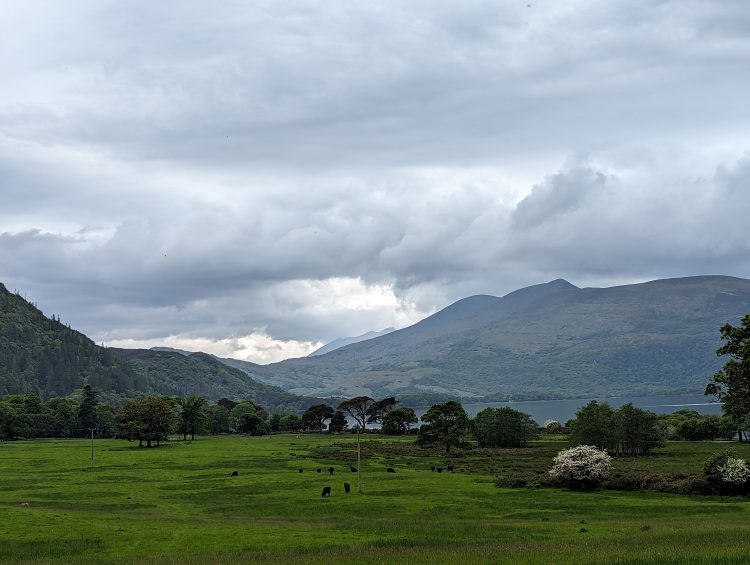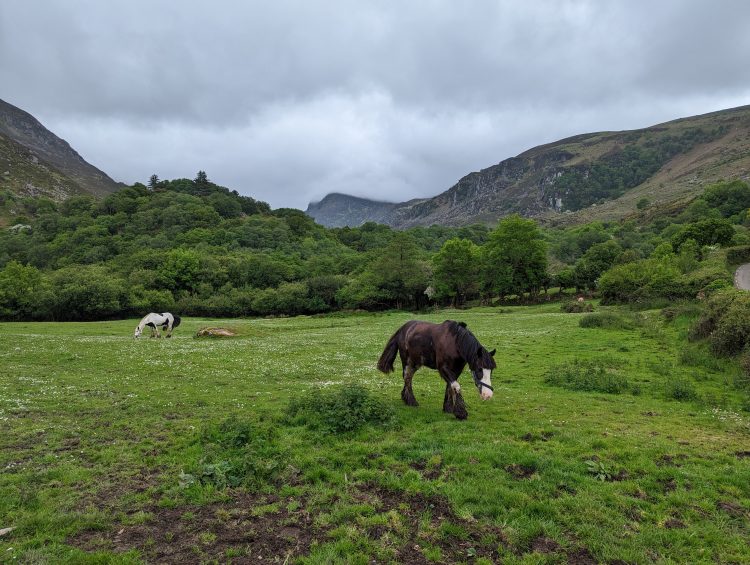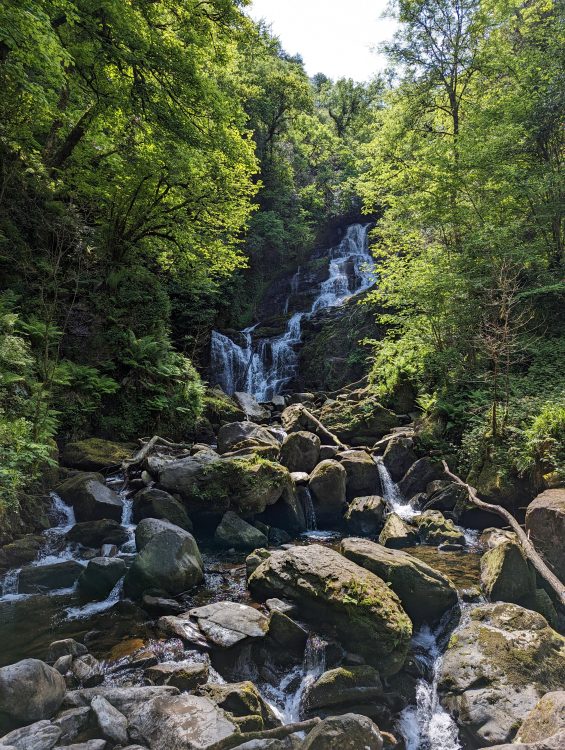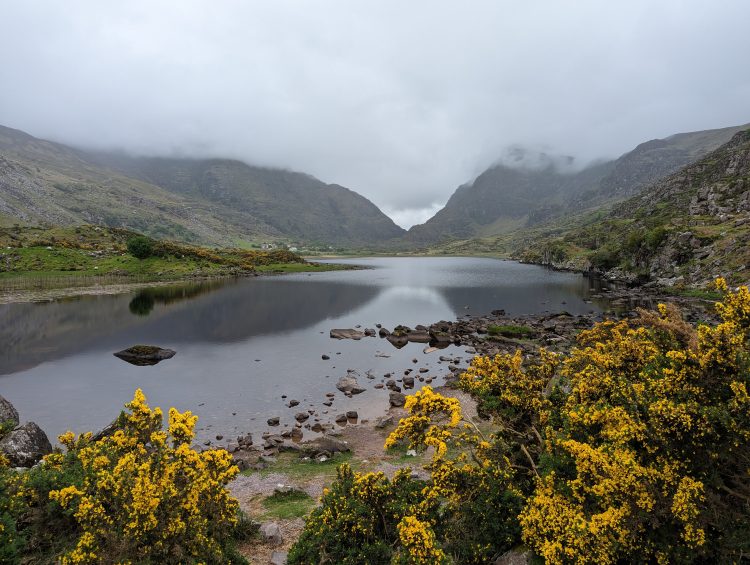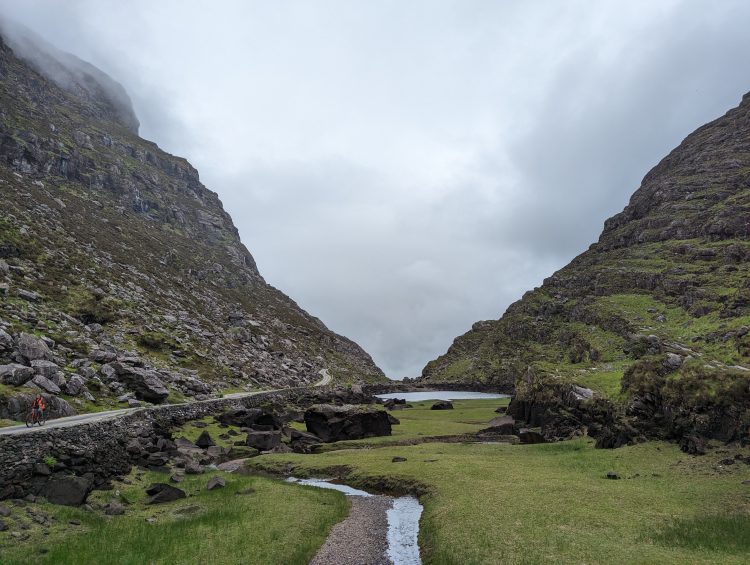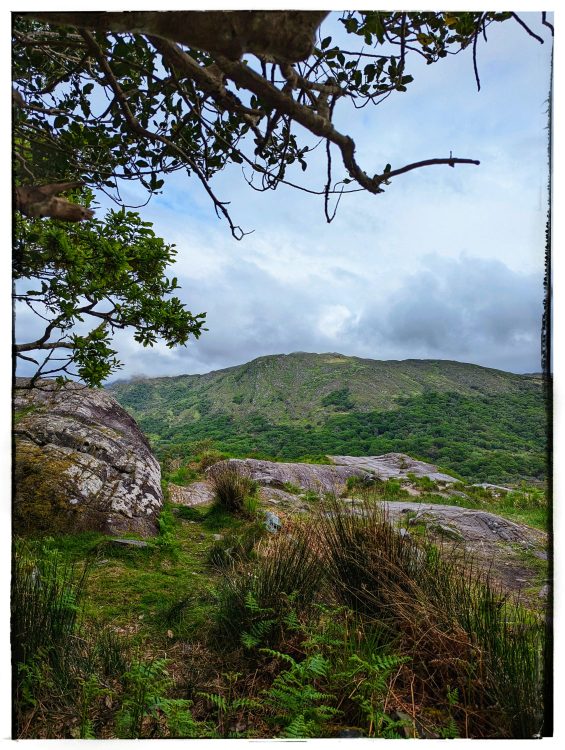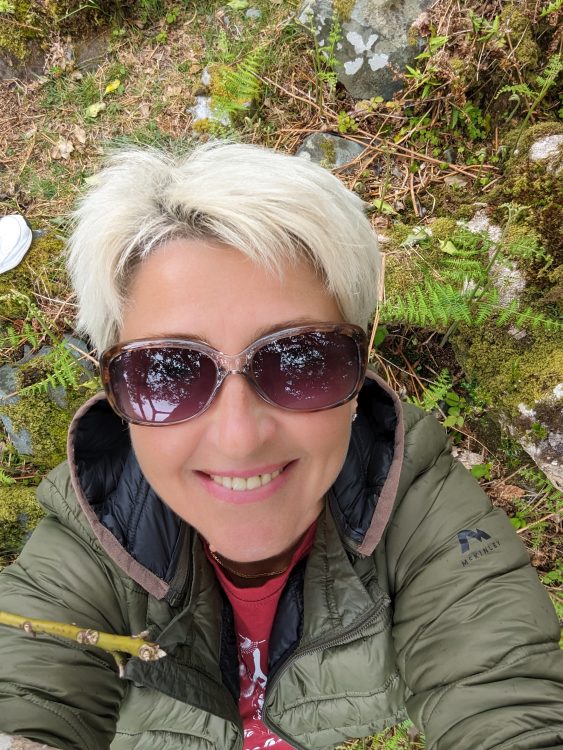The best tourist locations in Ireland: where to go and what to see on the Emerald Isle. Part 1.
Despite its modest size, Ireland is surprisingly rich in impressions. Every year about 11 million tourists come here – and this is not by chance. This island knows how to make you fall in love: breathtaking landscapes, green hills, ancient castles, street music, cozy pubs – make the trip unforgettable.
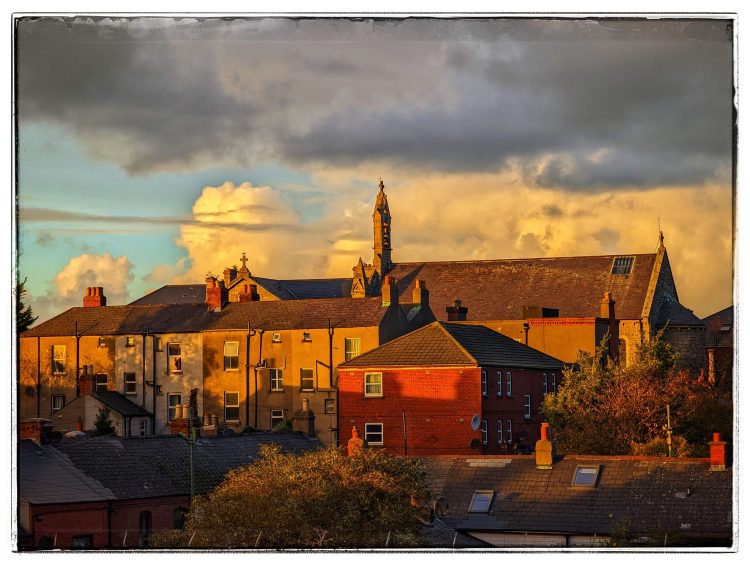
Choosing where to go in Ireland is a task is not an easy one. There are plenty of bustling cities with a rich cultural life, as well as cozy villages where time seems to have stood still. Among the tourist hits are the Guinness factory in Dublin, Phoenix Park, fantastic views of the Giant’s Causeway, the enchanting Killarney National Park, the Cliffs of Moher and much more.
To make your choice easier, we have collected 19 of the most impressive tourist places that are worth including in your trip to Ireland. This list will help you plan a rich and inspiring trip.
1. Dublin
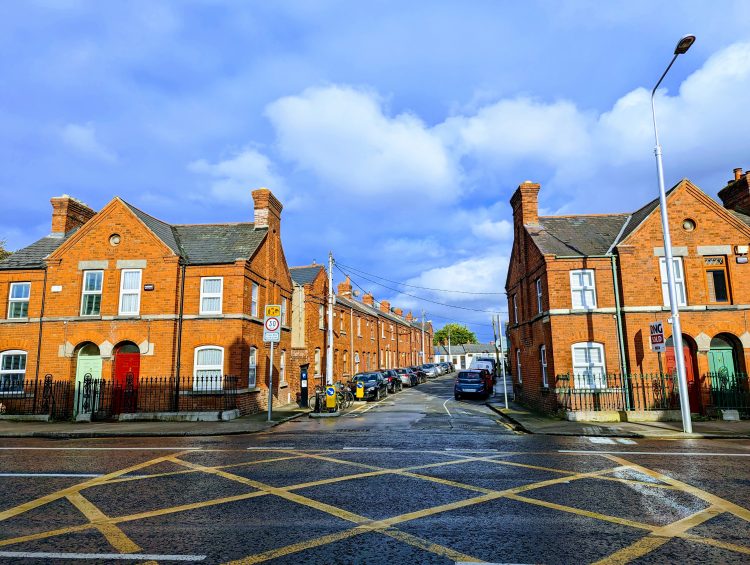
Dublin is the capital and cultural heart of Ireland, where history and modernity combine.
Here, traces of the past can be found literally at every step: from medieval cathedrals to monuments to revolutionaries. One of the main attractions is Trinity College — the oldest university in Ireland, whose library houses the famous “Book of Kelts” — a unique manuscript from the 9th century.
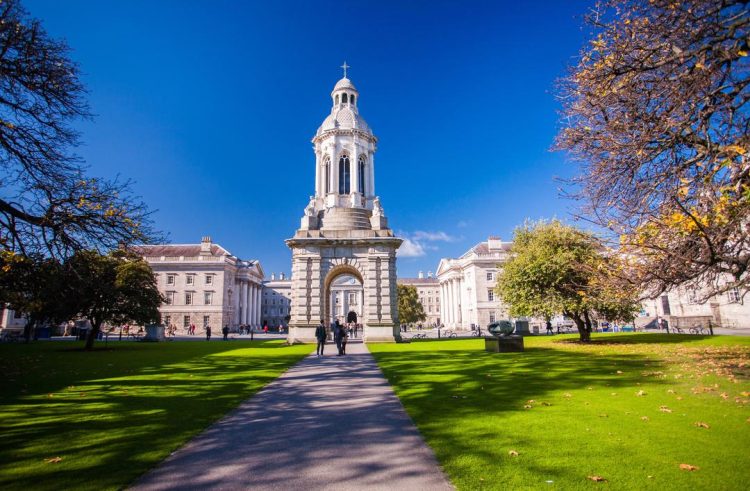
Another significant site is Kilmainham Gaol, where participants in the Irish rebellions were held. A tour of the gloomy corridors of this prison allows you to gain a deeper understanding of Ireland’s path to independence. No less impressive are St. Patrick’s Cathedral and Christ the Savior Cathedral, which not only impress with their architecture, but are also important religious and cultural monuments.
For those who prefer a less formal atmosphere, it is worth visiting the Temple Bar area with its cozy pubs, galleries and street musicians. Pub culture occupies a special place in Dublin’s identity. It’s not just beer drinking here – pubs are a place for conversation, poetry is written, and folk and rock music is played. A must-see stop for many tourists is the Guinness Storehouse brewery, where you can learn all about the legendary drink and try it with a view of the city from a panoramic platform.
Another of Dublin’s main attractions is Dublin Castle — one of the main historical symbols of Ireland, located in the very center of the capital.
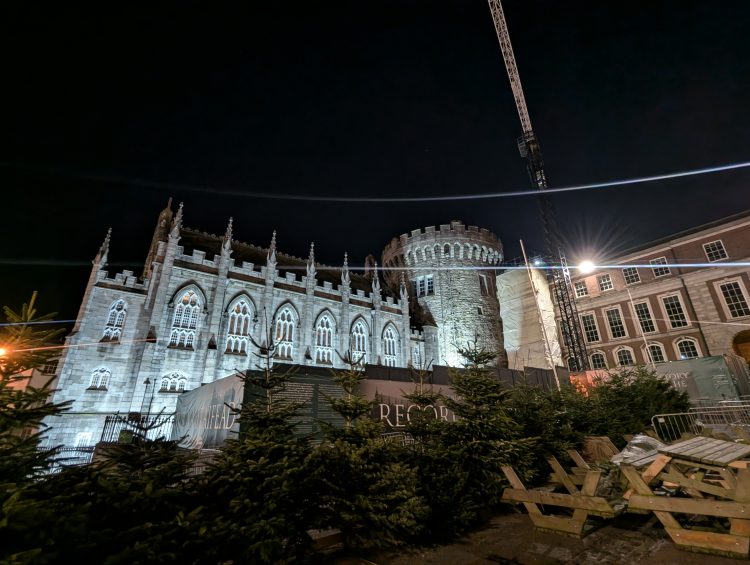
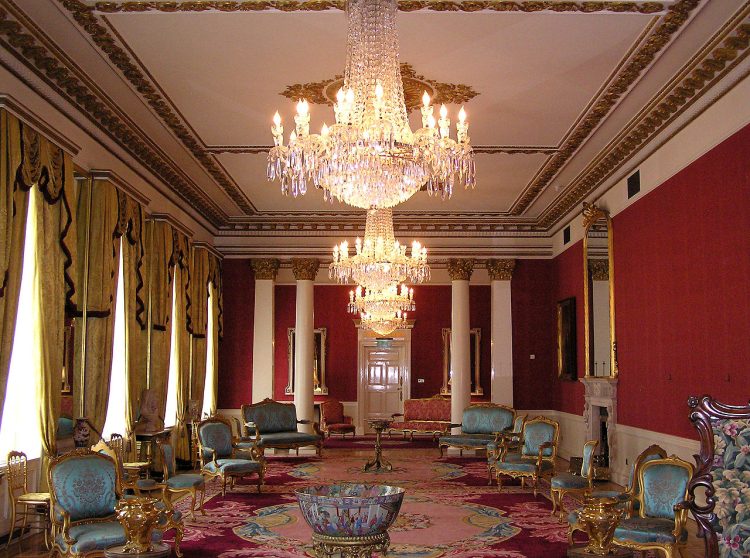
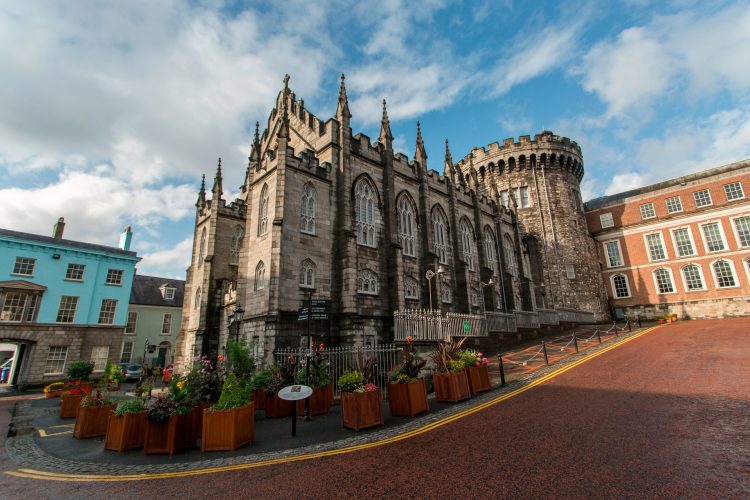
Built in the 13th century on the site of an old Viking fortress, Dublin Castle served as the seat of the British administration for a long time. Today, the castle is open to tourists: here you can see the magnificent state rooms, the Holy Trinity Chapel and the archaeological remains of medieval fortifications. This is an important place for understanding the political and architectural history of Ireland.
2. Cork
Cork is the second largest city in Ireland and an important cultural center in the south of the country, famous for its cozy atmosphere, live music and rich historical monuments. One of the main attractions is the Anglican Cathedral of St Finbarr, with its impressive Gothic architecture and stained glass windows. In the city centre, tourists are attracted by the English Market, the oldest indoor market in Ireland, where you can try local delicacies and get acquainted with the gastronomic culture of the region.
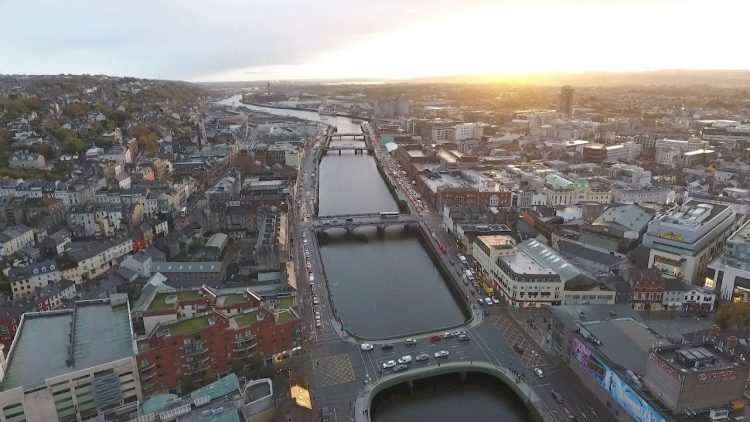
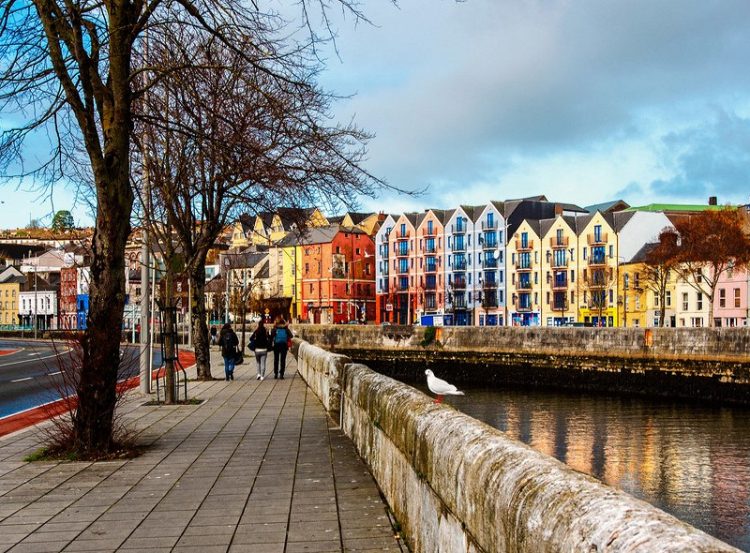
An important stop will be Cork City Gaol, an open-air museum where you can learn about the lives of 19th-century prisoners and the history of the Irish prison system. Also worth a visit is the Shandon Bells at St Anne’s Church, where visitors can ring the bells themselves and admire the panoramic view of the city from the tower.
There are many picturesque places around Cork, including Blarney Castle, where you can kiss the legendary Blarney Stone, and Port Cobh, the last stop of the Titanic before its tragic voyage. Cork is a successful combination of history, nature and culture.
3. Belfast
Belfast is the capital of Northern Ireland and a city with a rich history, industrial heritage and modern cultural life. It is best known as the place where the legendary liner Titanic was built. Today, this is recalled by Titanic Belfast — a large museum complex designed as a ship, with exhibits on shipbuilding, life in the early 20th century, and the liner tragedy itself.
The heart of the city is Belfast City Hall, a stately Victorian building with a dome that is open to the public. Nearby are the Cathedral Quarter and Grafton Street, an area with pubs, galleries and street art. Here you can get a feel for the spirit of modern Belfast, which is actively developing after decades of political conflict.
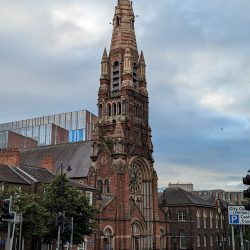 |
 |
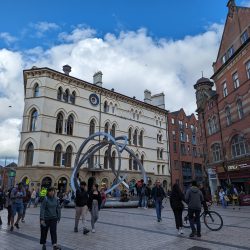 |
For those interested in history, an important point of the route will be the political mural tour – a tour of the famous frescoes on Shankhill Road and Falls Road. Nature lovers can head to the Botanic Gardens or climb the city’s Cave Hill, which offers views of the city and the bay.
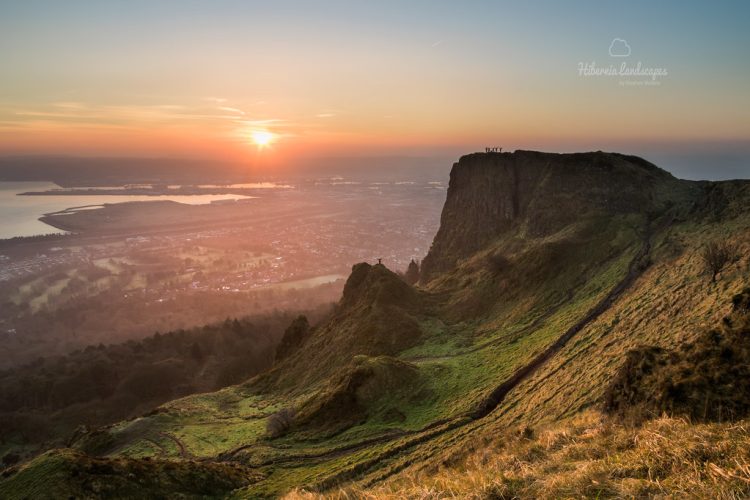
4. Aran Islands
The Aran Islands are a group of three picturesque islands at the mouth of Galway Bay, off the west coast of Ireland. They are considered one of the most authentic corners of the country, where the Irish language (Gaelic) is still spoken, and the traditional way of life has been preserved for centuries. The islands — Innishmore (the largest), Innishman and Innisheer — attract tourists with their wild nature, ancient monuments and an atmosphere of seclusion from the bustle of civilization.
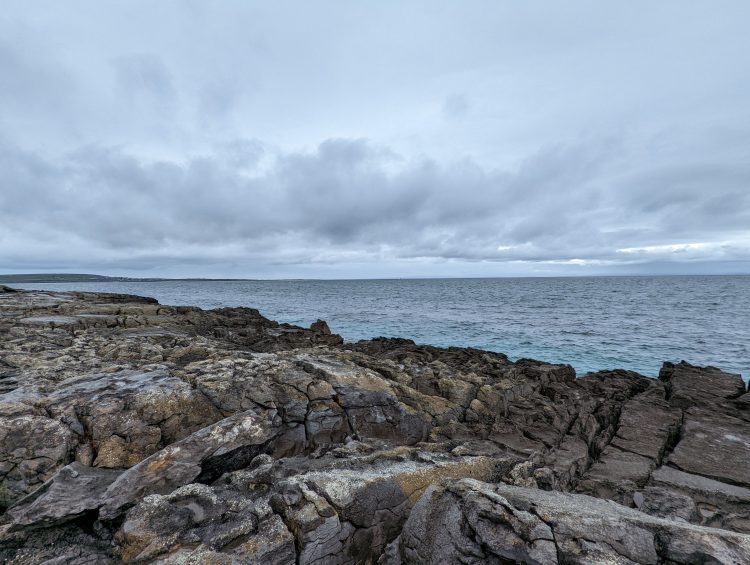
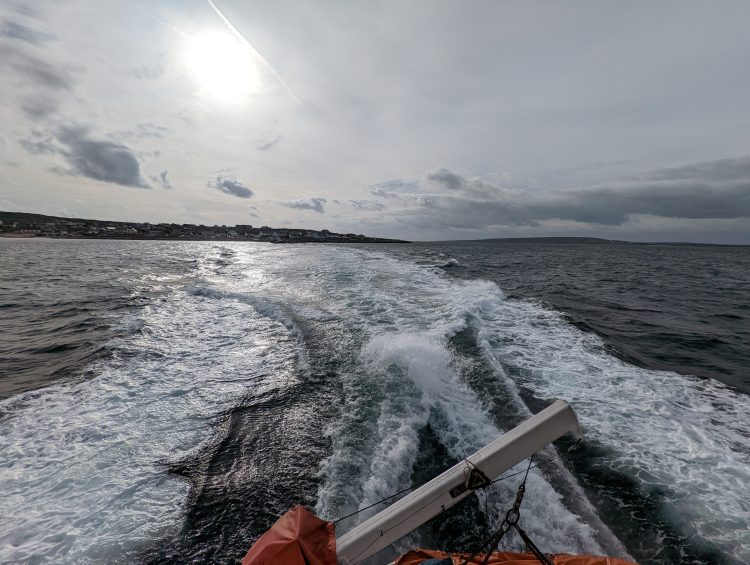
The main attraction is the fort of Dun Aenghasa (Dún Aonghasa) – a half-ruined stone fortification built more than 2,000 years ago right on the edge of a 100-meter cliff. The view from there of the Atlantic Ocean is one of the most impressive in Ireland. The islands also feature stone labyrinths, ancient churches and Celtic crosses, as well as traditional Irish fishing.
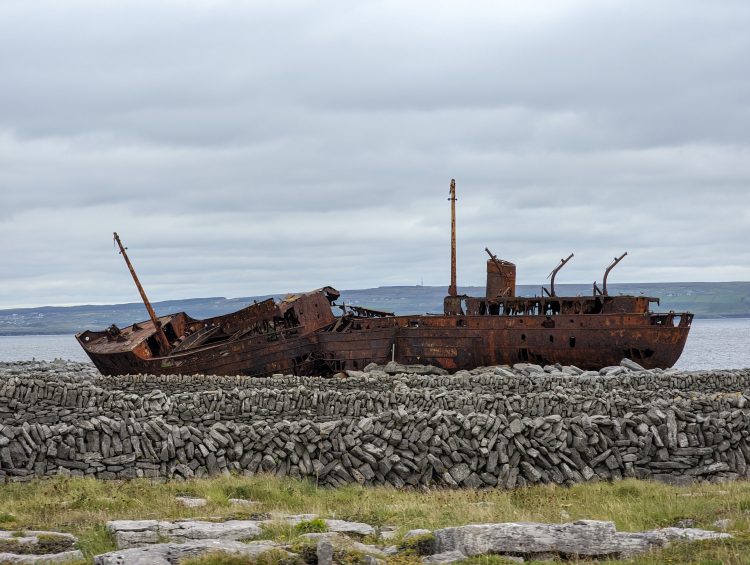
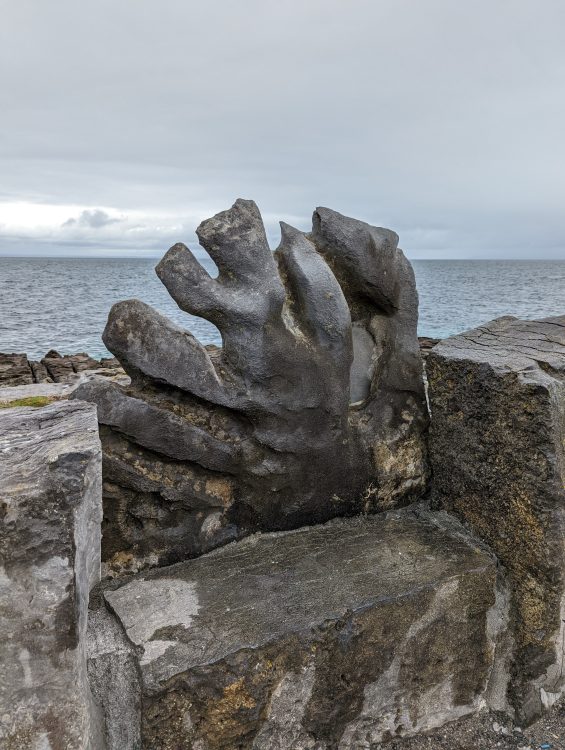
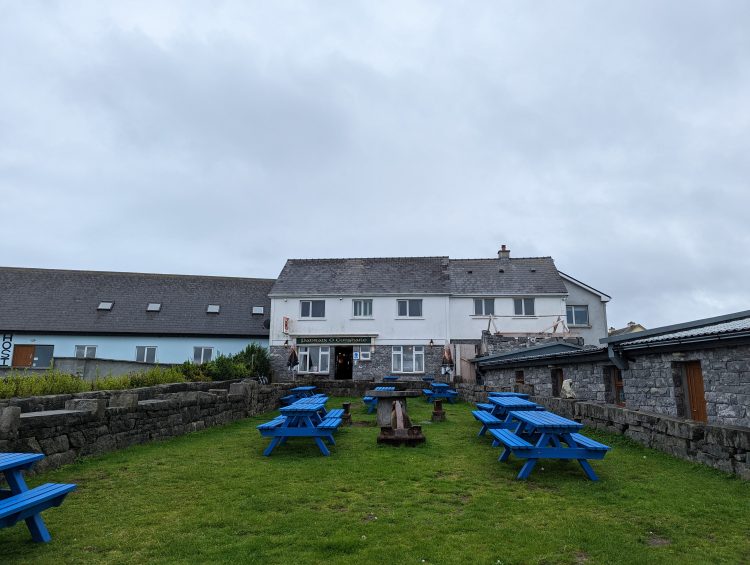
Travelers often rent bicycles or tour carts to explore the island. The Aran Islands have a special atmosphere of privacy and tranquility – this is where you can feel the real, non-touristy Ireland.
5. Killarney National Park
Killarney National Park is the first national park in Ireland, founded in 1932. It is located in County Kerry, in the southwest of the country, near the town of Killarney. The area of the park is about 102 km². This is one of the most picturesque places in Ireland, protected by UNESCO as a biosphere reserve.
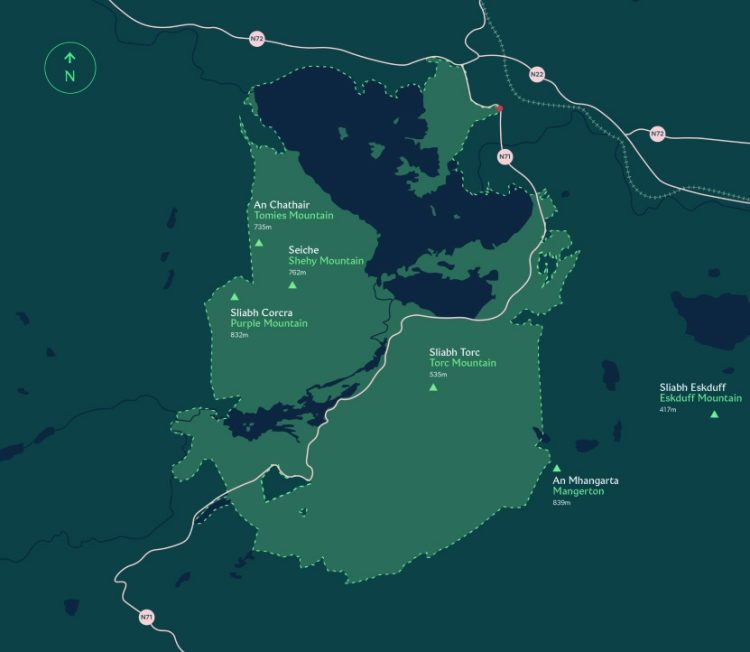
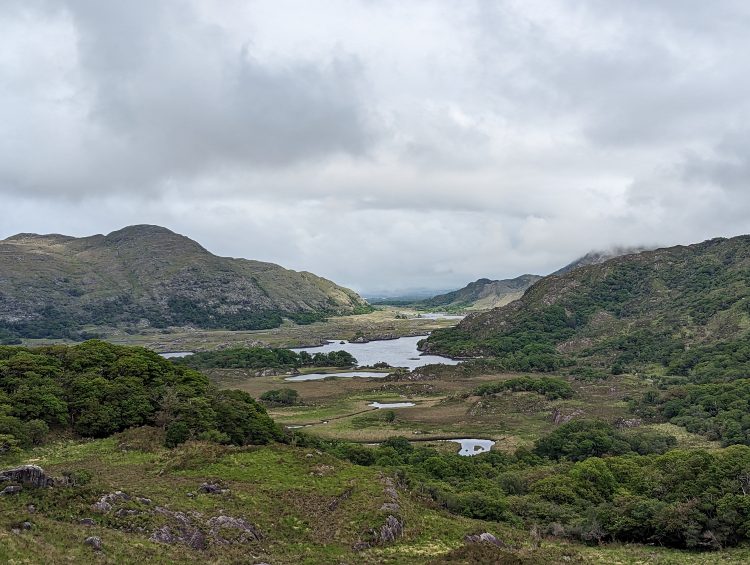
Park Attractions:
- Killarney Lakes: The park includes three famous lakes – Lough Lein, Muckross and Upper Lake. They are connected by rivers and canals, and their banks are surrounded by forests and mountains.
- McGillycuddy’s Reeks: home to Ireland’s highest mountain, Carrauntoohil (1,038 m).
- Ross Castle: a 15th-century medieval castle on the shores of Lough Lein.
- Muckross House: a Victorian mansion with a botanical garden open to visitors.
- Rare flora and fauna: the park is known for its old-growth oak and yew forests, as well as its population of red deer, the only wild population of these animals in Ireland.
Killarney is popular with tourists, especially nature lovers, hikers, boaters and bird watchers. Part of the famous Ring of Kerry tourist route passes through it.
6. The Ring of Kerry and the Iveragh Peninsula
Ring Kerry (Ring of Kerry)
This is a route along the N70 and N71 highways, running through the coastal villages, mountain passes, valleys and beaches. It is idealw_8″>for car trips, bicycle tours and bus excursions.
Basicattractions of the route:
-
Killarney National Park — with lakes, castle Ross and estate Macross.
-
Ladis-View (Ladies View) – one of best panoramas on lakes Killarney.
-
Torque Waterfall — a picturesque forest waterfall on the southern border park.
-
Kenmare (Kenmare) – ancient city with cozy streets and Celtic heritage.
-
Waterville (Waterville) – coastal town, Charlie Chaplin’s favorite vacation spot.
-
Cahersiveen (Cahersiveen) — with the ruins of Ballycarbery Castle and ancient forts.
-
Skellig-Ring (SkelligRing) — additional loop route with a view of the Skallig-Michael Islands (UNESCO site), where class=”_fadeIn_pfttw_8″>scenes from the movie “Star Wars” were filmed.
Peninsula Iveragh
Iveragh is the largest of many peninsulas in the southwest of Ireland. It is part of the province of Munster.
The peninsula is famous for its diverse nature: from steep cliffs and sandy beaches to high mountains and ancient forests.

Features of the peninsula:
-
McGillicuddy Reeks Mountains — the highest mountain class=”_fadeIn_pfttw_8″>chain Ireland.
-
Valley BlackValley and pass The Dunlo Gap is nature’s hidden gem, ideal for hiking class=”_fadeIn_pfttw_8″>and horseback riding.
-
Antique circular stone tumblers ( class=”_fadeIn_pfttw_8″>kashirs) – such as Leacanabuaile and Cahergal.
-
Islands Skallig – especially Skallig-Michael with monastery VI century and colony of dead ends.
🚗 Useful to know:
-
The Ring of Kerry Bypass is recommended in the clockwise direction.</span … class=”_fadeIn_pfttw_8″>avoiding problems with buses on narrow roads.
-
Best of all visit in the summer months, but spring and autumn give class=”_fadeIn_pfttw_8″>less crowded and not less picturesque impressions.
-
Cyclists and hikers are better off choosing individual sections of the “ring” or use the coastal paths.
7. Galway City
Galway (EnglishGalway, Irl. Gaillimh) — a coastal city in the west of Ireland, the administrative center of the county of the same name. Located at the mouth of the Corrib River, which flows into Galway Bay, the city of class=”_fadeIn_pfttw_8″>is considered the unofficial “cultural capital of Ireland” due to its vibrant atmosphere, numerous class=”_fadeIn_pfttw_8″>festivals and traditional music.
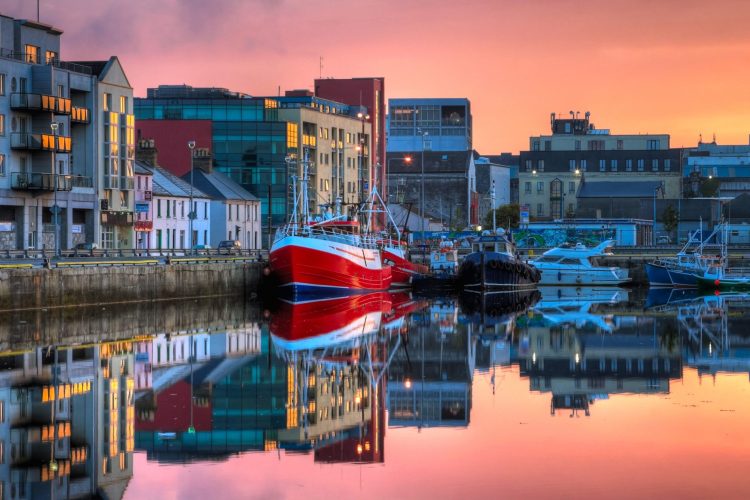
Generalinformation
-
Population: about 85 000 people (withsuburbs – more than 100 000).
-
Status city: since XIII century; an important trading center in the Middle Ages.
-
Known as the “city of the tribes” – according to the number of noble families, ruled theyduring the Normandy era.
-
It is part of the Gaeltacht region — here actively used Irish language.
What to see and do: …/strong>
-
Spanish arch (Spanish Arch) – fragment old fortress walls on the embankment.
-
Galway Cathedral (Cathedral of Our Lady Assumed into Heaven and St Nicholas) – monumental temple XX centurywith elements of Romanesque, Gothic and Renaissance styles.
-
Street class=”_fadeIn_pfttw_8″>Shop Street (Shop Street) — a pedestrian zone with shops, pubs, street musicians and cafes.
-
Galway Museum — tells about the history of the city, including the Viking Age, the Anglo-Norman period and the Great hunger strike.
-
Cemetery of Saint Nicholas— at the ancient churches built in the 14th centuryfadeIncentury.
-
Claddaghis an ancient fishing village, where the the originate the famous ring of Treasure (symbol of love, friendship and fidelity).
-
Here is one of the oldest universities in Ireland – the University of Galway. (former NUI Galway), founded in1845year.
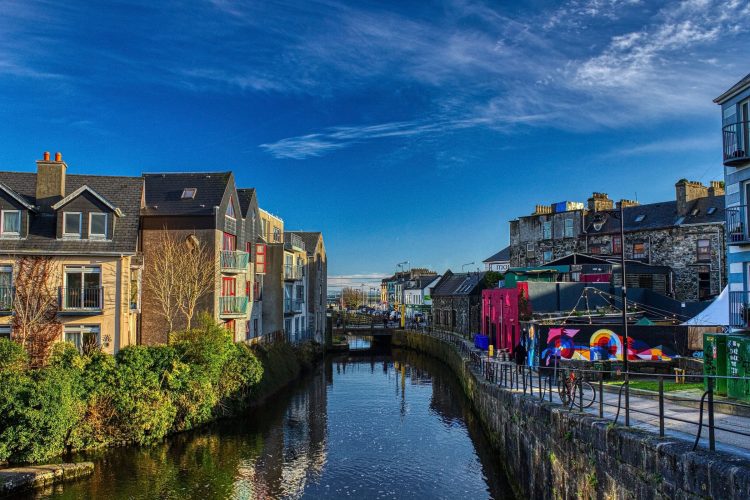
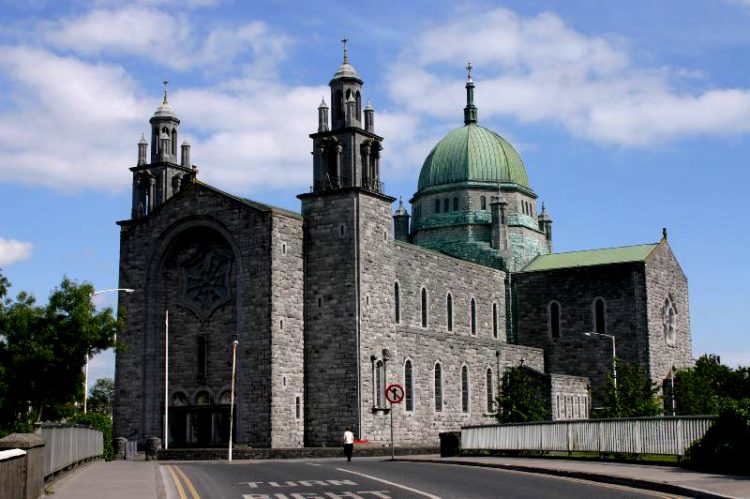
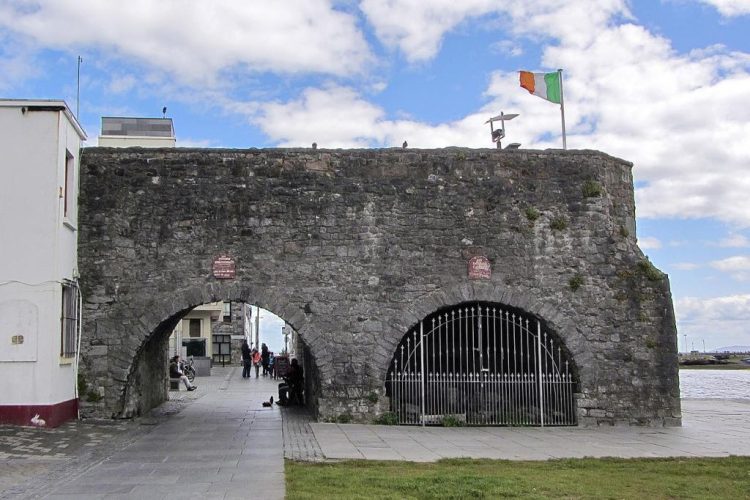
Neighborhood:
-
RocksMohair (v 1.5 hours ride) – one of the main natural attractions of Ireland.
-
Aran Islands — to You can get there by ferry from the port of Roseville.
-
Connemara National Parkis a wild prHerod, lakes, marshes and mountains to the west of the city.
8. Cliffs of Moher
Rocks Mohair (Cliffs of Moher) — one of Ireland’s most impressive natural wonders and one of of the most visited tourist attractions in the country. They are located on the west coast of Ireland, in County Clare, along the AtlanticOcean.
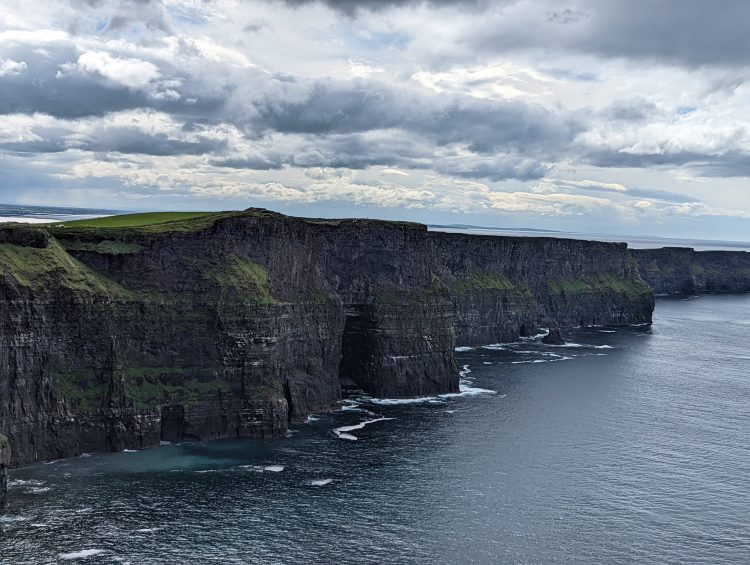
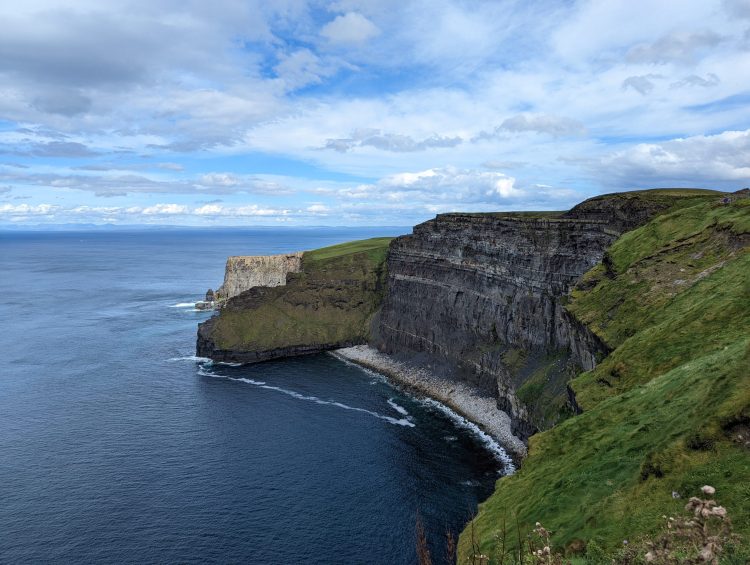
Generalinformation:
-
Height: up to 214 meters above level sea.
-
Length: about 8 kilometers along the coast.
-
Name: comes from the old fort “Mothar”, which once stood on the edge of the cliffs.
From the tops cliffs open breathtaking views of the Atlantic, the Aran Islands, Galway Bay, Connemara Mountains and even in good weather, Kerry.
Attractionsandinfrastructure:
-
O’Brien’s Tower: stone observation tower, built in 1835 for tourists. From here one of the best views of the cliffs opens up.
-
The Cliffs of Moher Visitor Center Experience: Built into an earthen hill andthe contains exhibition halls, information panels, a cinema with panoramic video, a souvenir shop and cafe.
-
Pedestrian path (Cliff Walk): passes along edges rocks from villages Doolin to Hags Head. The route is about 20 km long (in one direction), its official part is equipped with fences for safety.
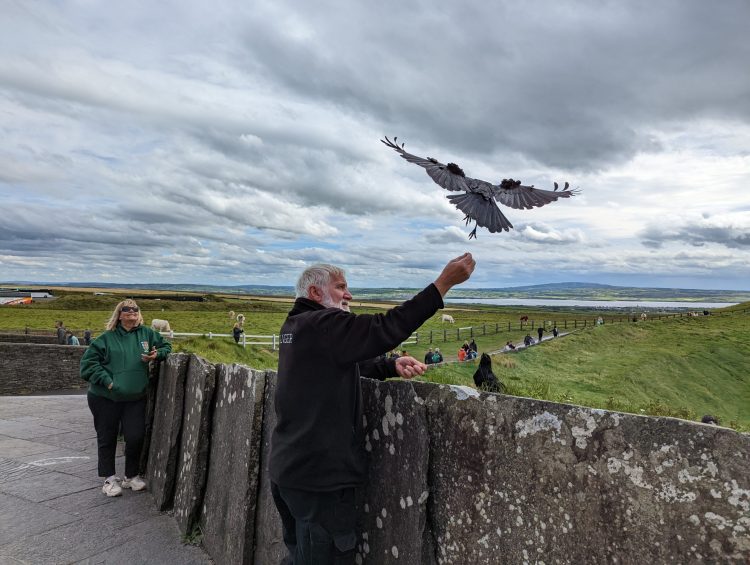
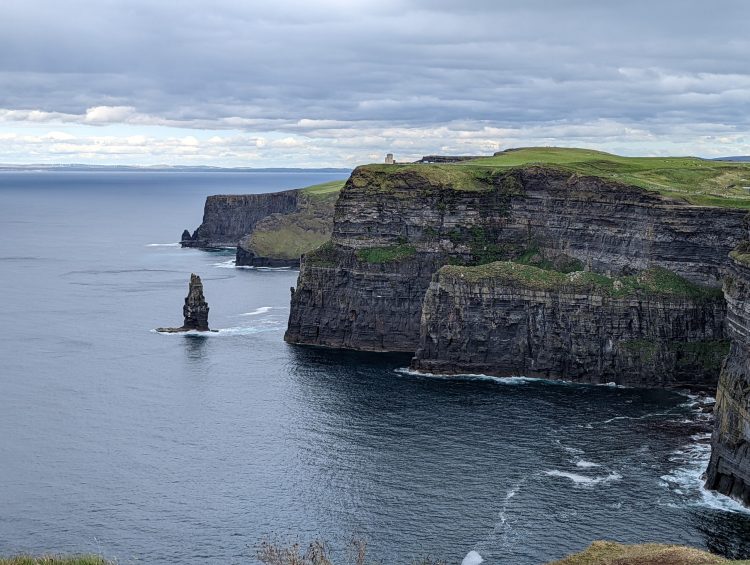
Useful information for tourists:
-
The best of all arrive in the morning or evening hours, because in the afternoon the weather on the rocks usually gets worse.
-
Entrance to the territory with parking and visiting the center — paid (pricesdepend ontimeandonlinebooking).
-
In any weather, you should be careful on the rocks: the winds there are strong, and there are no protective barriers in wild areas at the cliff edges.
-
There are toilets, cafes and viewing platforms near the visitors’ centre.
Author of the article and photos: Tatiana Senchenko (Dublin)
Source: travelworld.biz
Ireland’s Best Attractions Part 2: Giant’s Causeway, Dingle, Derry, Limerick, Kilkenny, Westport, Sligo, Coleraine, Kinsale, Connemara Loop, Donegal

